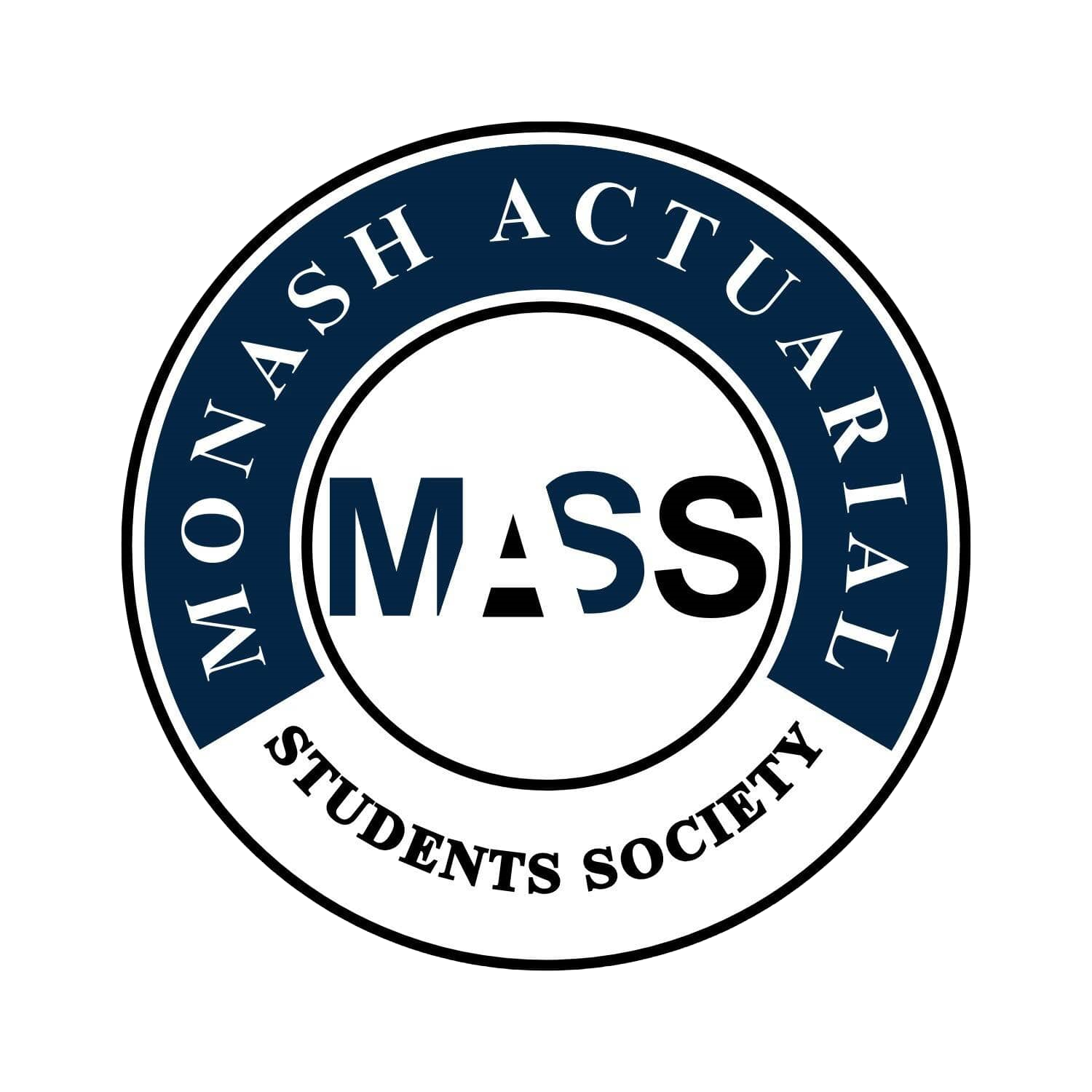ETC2520 / ETC5252 Probability and Statistical Inference for Economics and Business
Difficulty:
Year Completed: Semester 2, 2020
Prerequisite: ETC1000
(or ETF1100, or FIT1006, or ETS1102, or SCI1020, or ETB1100, or ETW1000, or ETW1100, or STA1010)
Exemption:
CS1 Actuarial Statistics
ETC1000 (25%), ETC2420 (25%), ETC2520 (35%), ETC3580 (15%)
Weighted average of 70% required. Minimum of 60% required for each unit.
Mean Setu Score: 84.9%
Clarity of Learning Outcomes: 90.48%
Clarity of Assessments: 85.7%
Feedback: 76.2%
Resources: 83.3%
Engagement: 95.2%
Satisfaction: 78.6%
Subject Content:
Lecture(s) and Tutorial(s):
Textbook(s):
Assessments:
Topics included discrete and continuous probability, moment generating functions, joint distributions, estimation methods and hypothesis testing.
2 x 1 hour lectures
1 x 1.5 hour tutorial
Introduction to Probability - Joseph K. Blitzstein, Jessica Hwang
The prescribed textbook acted as supplementary reading to the lecture slides. Additional notes were provided for later topics.
4 short in-semester quizzes 5% each
Mid-Semester Test 10%
Topical quiz attempt and tutorial attendance 10%
Final Exam 60%
Comments
This unit had a strong mathematics focus. The lecture content is taught well and tutorials cover the types of questions that are relevant for the assessments.
The content can be challenging especially towards the later end of semester so it is important to review any gaps in understanding through consultations and re-attempting practice questions.
The one-hour lectures were engaging and clear. Theory was explained concisely but it is encouraged to review concepts and attempt derivations of formulas separately for a good understanding of the content. Examples were easy to understand and were a good base of reference to attempt tutorial questions.
Lecture slides were made available on moodle at the start of semester. Additional textbook readings were recommended for each topic.
Tutorials began in Week 2 and are necessary as attendance is marked. Tutorials are delivered well with examples of questions based on the week's content. Often tutorials will give alternative solutions or the best approaches to questions and therefore are very beneficial. Solutions are provided at the end of each week and it is useful to review them to become familiar with the style of questions that may be presented in the assessments.
In-semester (marked) quizzes were composed of multiple choice and short-answer (no working) questions. These were not overly difficult but were harder than the tutorial questions.
The mid-semester test and final examination were composed of multiple choice questions and longer-response questions that required working out to be shown.
The weekly topical quizzes have to be attempted by the night prior to the tutorial in order to achieve the associated mark.
The exam was composed of ten multiple choice questions and five short-answer questions and ran for 2 hours and 10 minutes. The topics were quite evenly covered and there were typically one to two questions per topic. One mock exam was available as practice. It is recommended that you attempt this under exam conditions after you have completed all other preparation.
Some of the content in this unit can be difficult to understand, however it is generally taught well. It is important to stay on top of tutorial content and ensure that you understand the solutions to all questions as the structure of the assessment questions do not vary significantly to that of the tutorials. Additionally, the concepts introduced in this unit are important for doing well in subsequent units.
General Overview:
Lectures:
Tutorials:
Assessments/Other Assessments
Exam
Concluding Remarks

